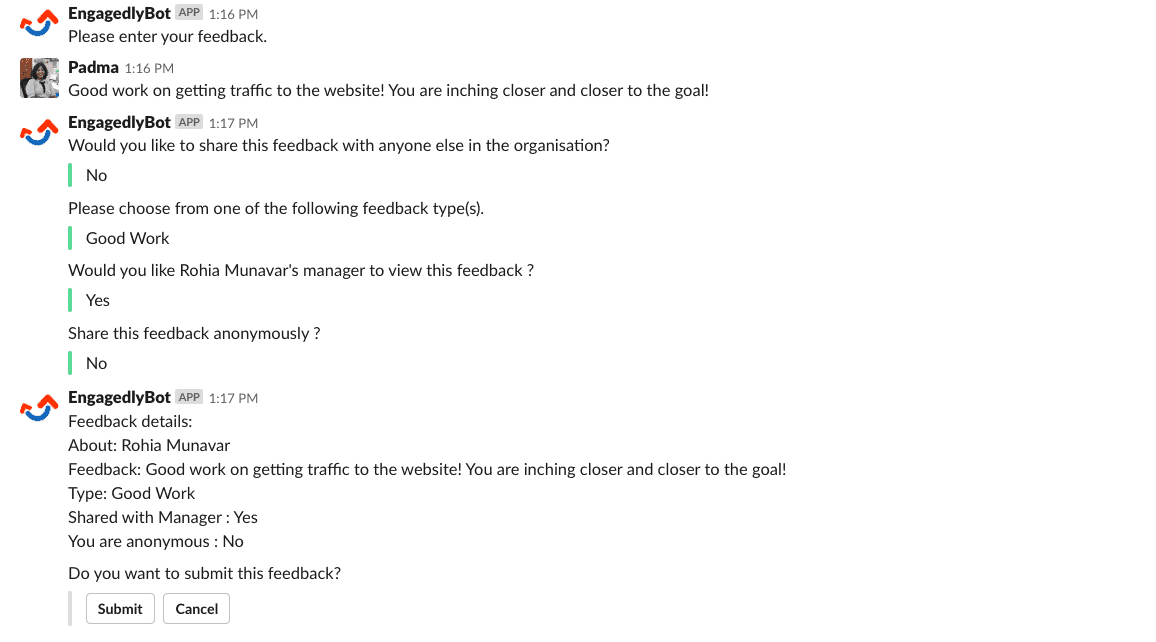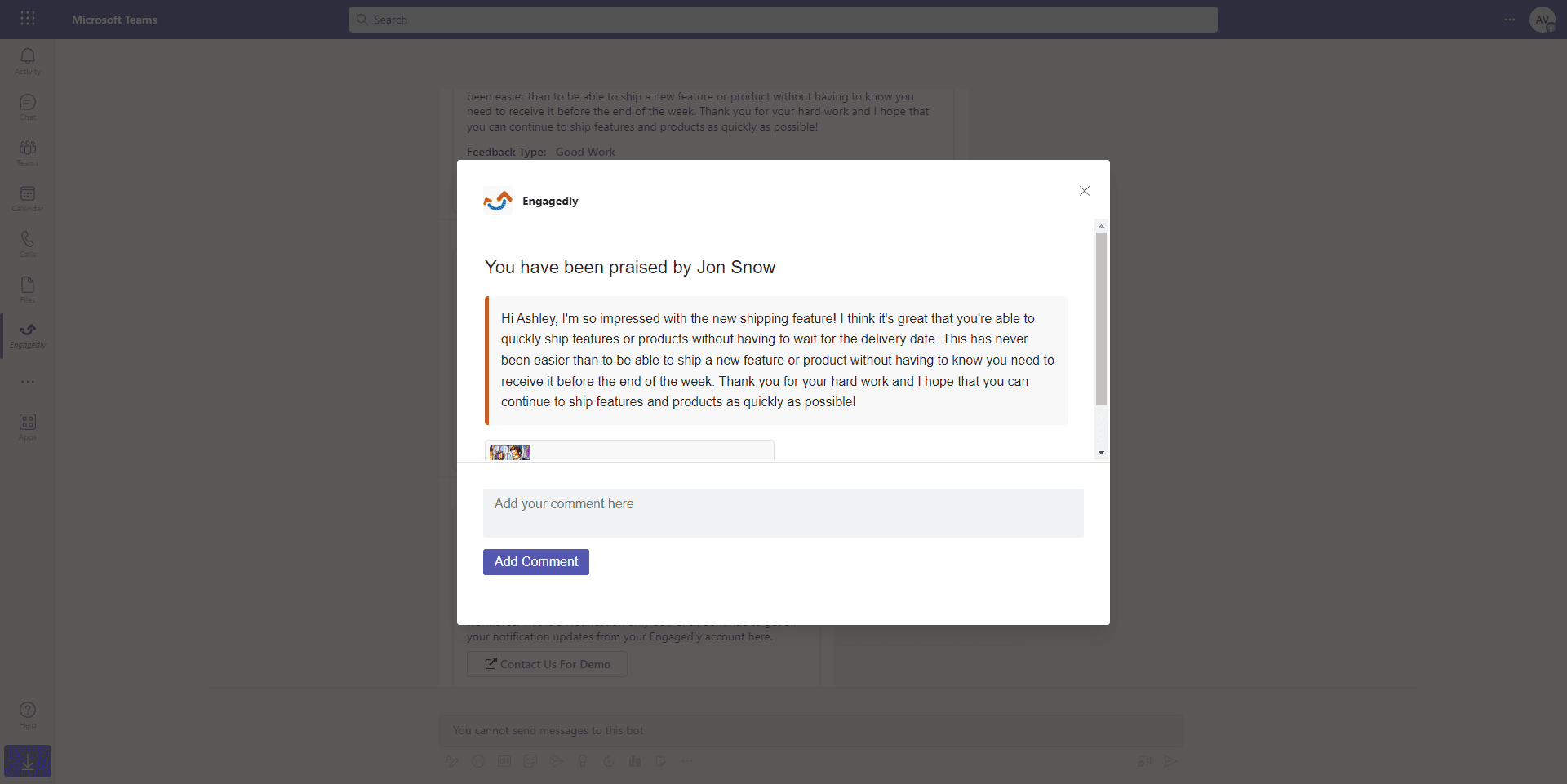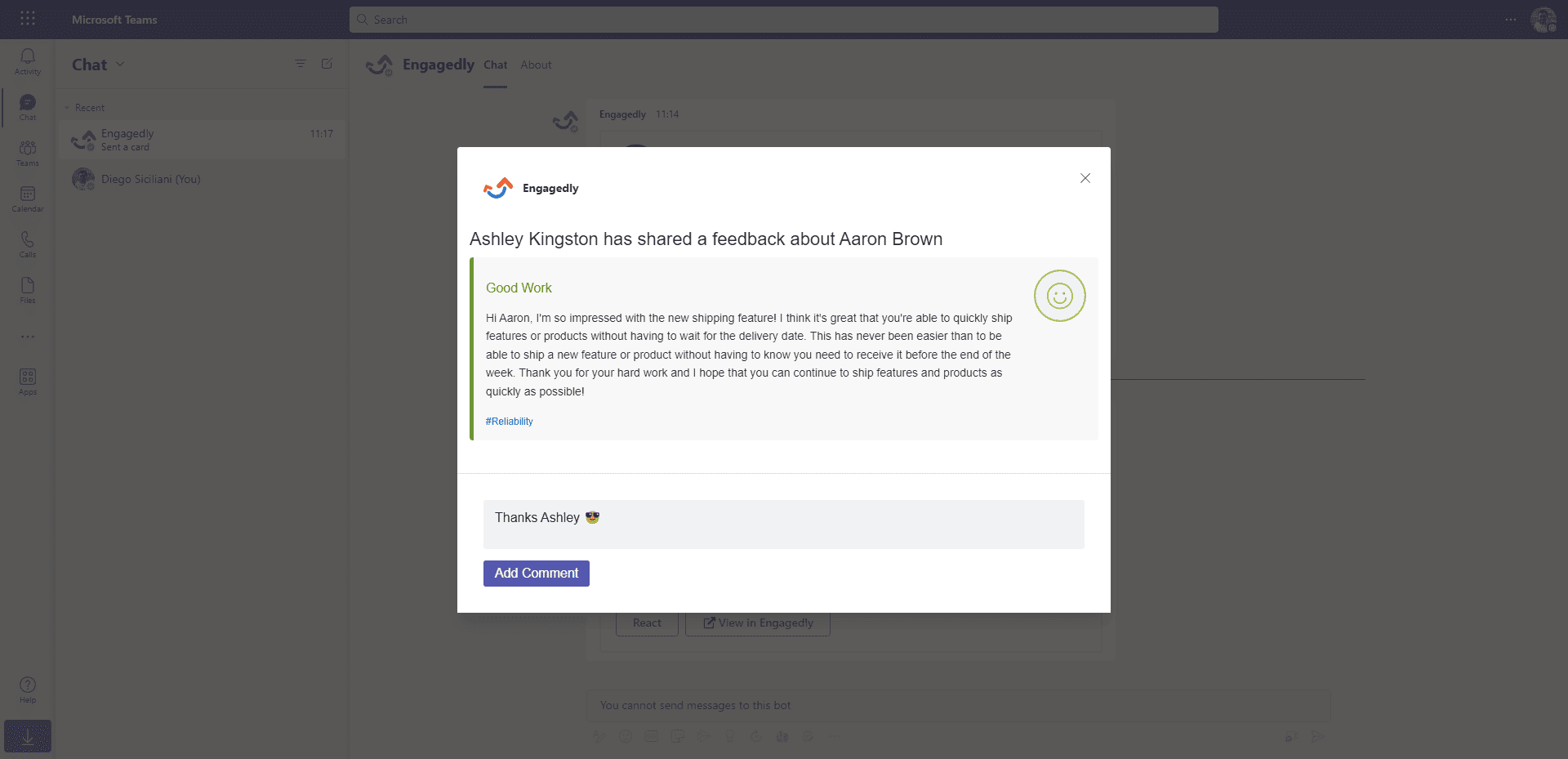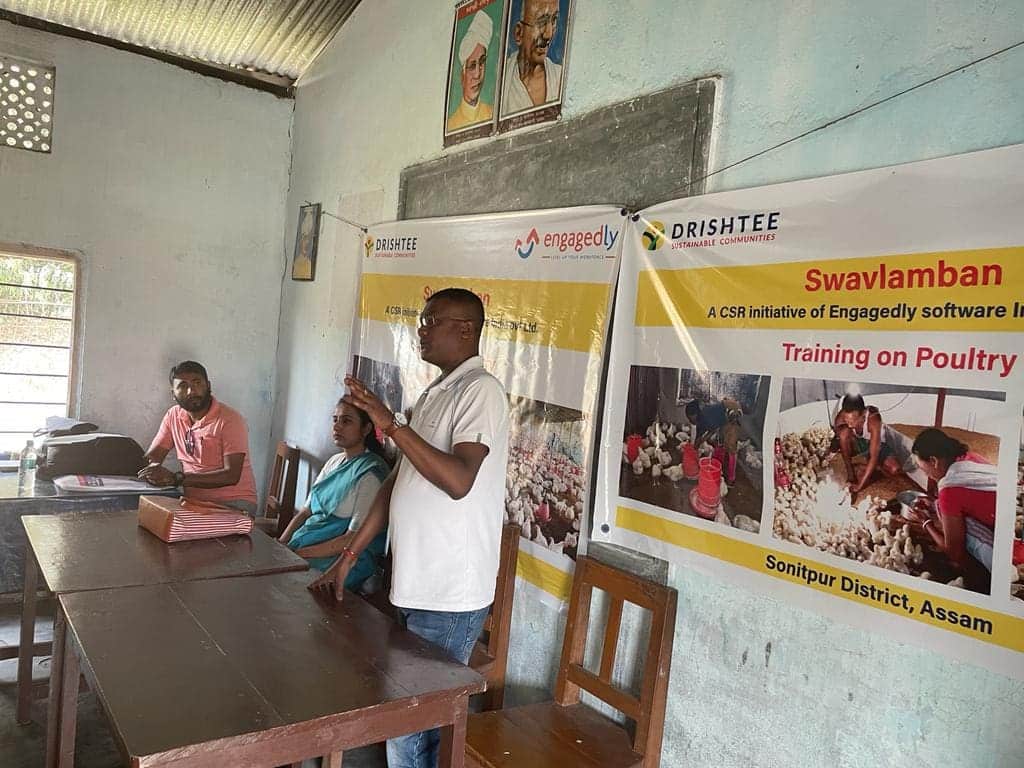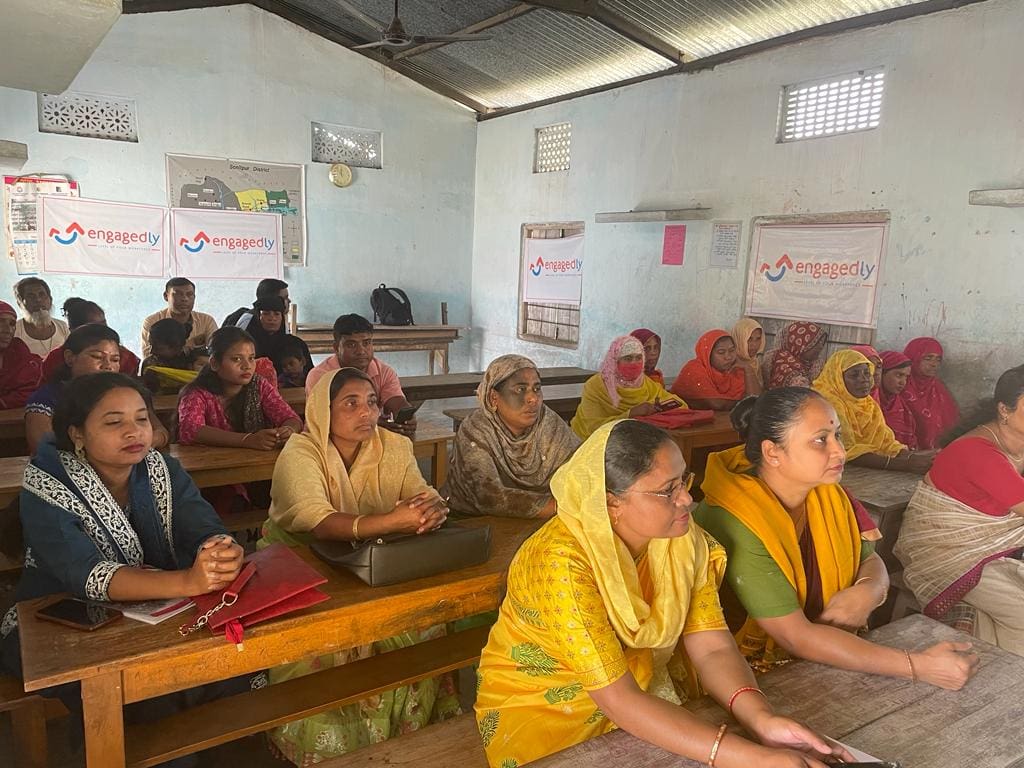People management is a crucial competency for individuals occupying leadership roles; the concept spans diverse organizational settings, including major corporations, small enterprises, and even team leadership positions. This proficiency in leadership and people management is significant as it establishes the basis for efficient leadership and plays a pivotal role in an organization’s advancement and triumph.
Effective people management is crucial for organizations to align employees with company goals, create a positive work environment, and improve retention. It also enhances managers’ and teams’ efficiency and productivity by helping ease task delegation, set clear expectations, and provide constructive feedback.
Effective people management skills are essential for managers to effectively communicate, motivate, and inspire their teams, leading to increased productivity and success. In this blog, we will delve into nine important people management skills that every manager must cultivate to guide their teams toward accomplishment.
What are People Management Skills?
People management skills are abilities that enable individuals to effectively lead, communicate, collaborate, and motivate others in a workplace or team setting. These skills encompass areas such as communication, empathy, conflict resolution, leadership, and the ability to inspire and guide individuals to achieve common goals.
People management skills are crucial for fostering a positive work environment, building strong team dynamics, and achieving organizational success by effectively managing and developing people within the workplace.
9 Important People Management Skills
Strong people management skills are essential for any manager or leader. Along with mastering management styles, a successful manager must prioritize developing the following essential people management skills.
Also Read: Career Development Program: Benefits and Best Practices
1. Communication
Effective communication is important for successful leadership and people management; it includes active listening, providing constructive feedback, and understanding roles and responsibilities. It prevents misunderstandings and conflicts, ensuring a positive manager-employee relationship. Effective communication has the following three key elements:
- Clear and Open Communication: To achieve effective management, managers must articulate a clear vision and expectations, emphasize open communication, and encourage team members to share ideas and concerns. This approach promotes trust and transparency within the team, leading to better outcomes.
- Active Listening: Listening is an often underestimated skill, yet it holds immense importance. Engaging in active listening to address your team members’ concerns and suggestions grants you valuable perspectives to enhance your decision-making capabilities and tells members that you value their opinions.
- Constructive Feedback: Effective communication requires offering precise and practical feedback to improve employee performance. This feedback should be based on observable behavior and performance and provided frequently.
2. Leadership

- Lead by Example: Managers can lead by example by consistently following punctuality, meeting deadlines, respecting others, being open-minded, and displaying a robust work ethic. This conduct establishes a favorable precedent for the team and conveys the manager’s appreciation for timeliness and diligence.
- Set Clear Goals and Expectations: A manager can enhance their team’s performance by establishing precise project objectives and deadlines. By implementing such goals, the manager draws a clear path to follow and offers guidance and motivation, ensuring goal and effort alignment among all team members.For managers looking to excel, setting professional development goals for work is essential to ensure continued growth and effectiveness in leadership roles.
- Motivate and Inspire Your Team: A team leader must effectively motivate and inspire their team by acknowledging individual accomplishments and offering constructive feedback. This approach significantly enhances team morale and motivates team members to deliver exceptional performance consistently.
Furthermore, the leader can arrange team-building events or workshops to cultivate a culture of collaboration and creativity, establishing a favorable work atmosphere that fosters innovation and facilitates team growth.
3. Empathy
Effective people management requires cultivating empathy, which enables a deep understanding of employee needs and emotions and establishes robust relationships. This quality is pivotal in fostering loyalty and commitment among team members by valuing and effectively addressing their concerns.
Being empathetic requires managers to handle things with compassion, feeling, and understanding. Managers can demonstrate compassion by listening, understanding, and supporting employees. These actions, with which employees feel comfortable, can foster trust, loyalty, and heightened workforce engagement.
4. Conflict Resolution
In addition to their managerial responsibilities, managers must possess proficient problem-solving skills to tackle challenges that arise within their teams effectively. The successful management of workplace conflicts necessitates timely identification and resolution of issues, utilizing mediation and conflict resolution techniques.
Examples of a few strategies that can help in conflict resolution include:
- Encouraging open discussions
- Active listening
- Negotiation
Managers can establish a healthy work environment and sustain team morale by addressing disagreements in a timely and constructive manner.
Similarly, it is also essential to prevent future conflicts by addressing their underlying causes and implementing policy changes to promote a harmonious work environment. This proactive strategy helps avoid the same conflicts repeatedly, fostering organizational growth.
5. Time Management
The ability to effectively manage time is a critical skill for managers. It encompasses prioritizing tasks, delegating responsibilities, and maintaining a healthy work-life balance. By mastering this skill, managers can concentrate on their most significant duties, promote efficient teamwork, and serve as a positive role model. Key strategies managers can employ for time management include:
- Creating schedules or to-do lists
- Setting clear goals and deadlines
- Eliminating resource draining activities like unnecessary meetings or excessive team-bonding activities
- Utilizing technology tools such as project management software or time-tracking apps to automate tasks and save time
6. Adaptability
Adaptability is a crucial trait for leadership and people management in the fast-paced business world. It requires the ability to navigate workplace changes, remain flexible, and learn from mistakes. This skill becomes more important in uncertain environments to ensure team resilience and success. Managers must be willing to revise strategies, embrace change when needed, and view failure as a learning opportunity.
7. Cultural Intelligence
Having cultural intelligence skills means comprehending and appreciating various cultures, backgrounds, and perspectives within a team or organization. A manager with high cultural intelligence can skillfully navigate and utilize diversity to create an inclusive work environment, promote understanding, and leverage the strengths of differing viewpoints.
Additionally, a culturally intelligent manager can effectively communicate and resolve conflicts arising from cultural differences. It promotes a harmonious work environment and improves productivity and employee satisfaction. Organizations prioritizing and valuing cultural intelligence attract and retain top talent from diverse backgrounds, giving them a competitive advantage in the global marketplace.
8. Decision-Making
Making wise decisions is one of a manager’s primary responsibilities, calling for team participation and the ability to act quickly and intelligently. This proficiency is significant in personnel management and organizational goal achievement. To foster a sense of ownership and accountability, managers should rely on data analysis from various sources and input from their team members when making decisions.
Successfully navigating challenging decisions, such as downsizing, cost-cutting, or altering strategies, demands confidence and collaboration. Decisions made alone are seldom successful or beneficial to the organization. Thus, leaders must collaborate with teams to make the right decisions.
9. Delegation
Delegation is an essential skill in managing people, as it empowers team members, builds trust, and optimizes resource utilization. It encompasses the following:
- Task allocation
- Providing clear instructions
- Ensuring trust and support
- Offering constructive feedback
Proficiently delegating responsibilities enables managers to boost team productivity, enhance employee morale, and concentrate on strategic decision-making and leadership. By carefully matching individuals with suitable roles, reducing workloads, and promoting growth, effective delegation builds trust and eventually leads to improved team performance.
Summing Up
Effective people management skills are the cornerstone of successful leadership and workforce development. These skills empower managers to foster a thriving work culture, seamlessly align team goals with organizational objectives, and drive enhanced productivity. Transcending mere managerial responsibilities, people management skills serve as a catalyst for achieving organizational expansion, cohesion, and overall success.
Frequently Asked Questions
1. Why are people management skills important for managers?
People management skills are vital for managers as they contribute to effective communication, team collaboration, and conflict resolution. These skills are instrumental in creating a positive work environment, fostering employee satisfaction, and achieving organizational success.
2. How can I improve my managerial communication skills?
To enhance your managerial communication skills, prioritize active listening to understand your team members better and encourage an open and transparent communication environment. Additionally, practice delivering clear and concise messages, utilizing various communication channels effectively, and seeking feedback to refine your communication approach continually.
3. How do people management skills improve organizational performance?
People management skills improve organizational performance by fostering effective communication, team cohesion, and employee satisfaction, leading to increased productivity and successful goal attainment.



 Tech employee burnout, a growing phenomenon in the
Tech employee burnout, a growing phenomenon in the


 A strong company culture is crucial for attracting and retaining top talent, improving
A strong company culture is crucial for attracting and retaining top talent, improving 







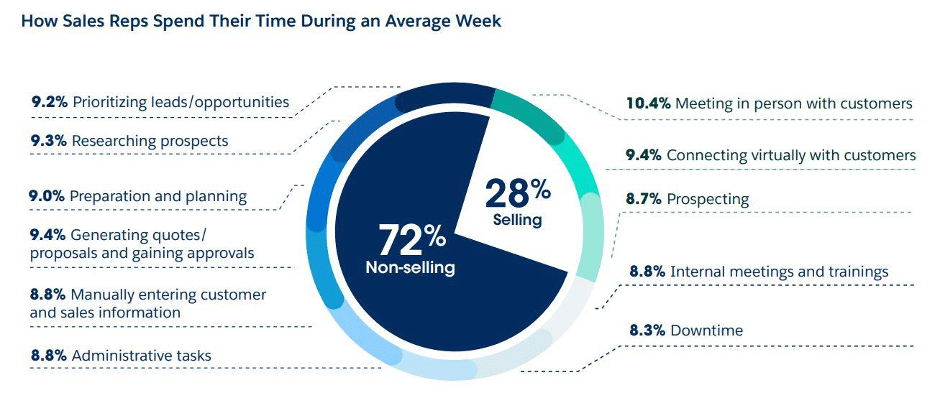



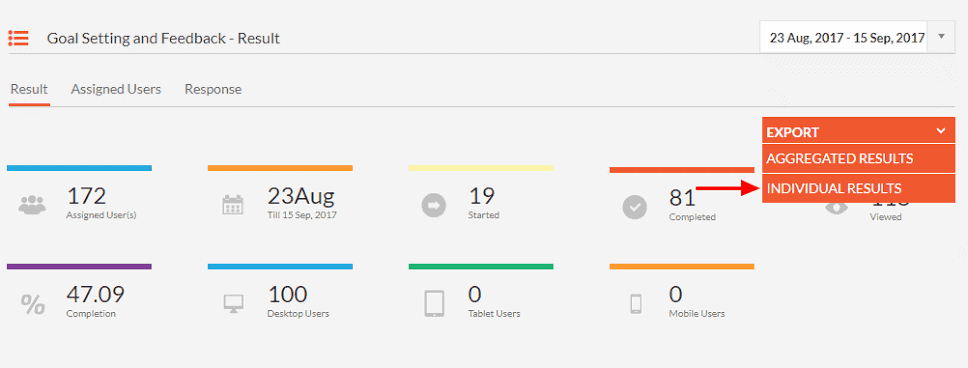

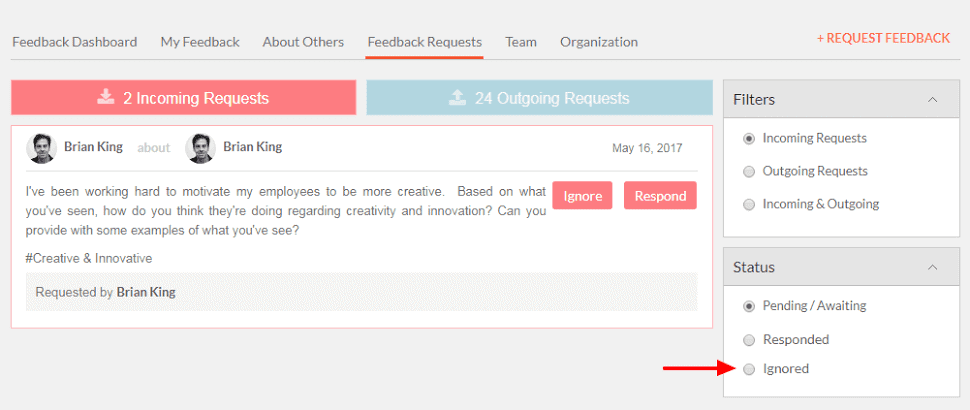
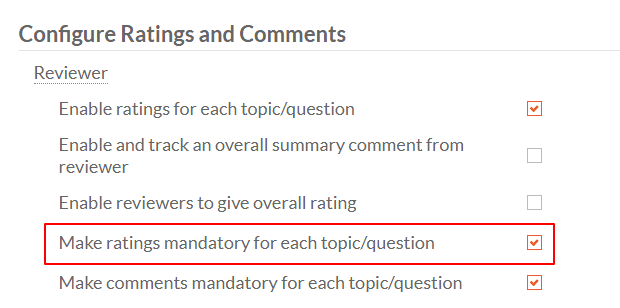

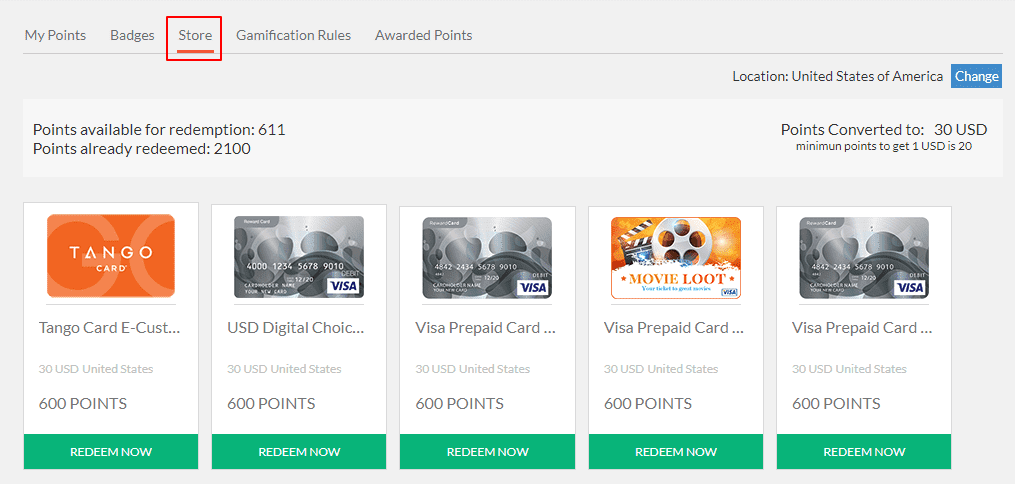






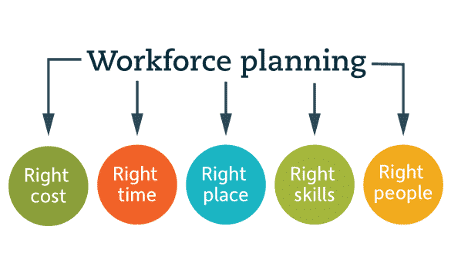
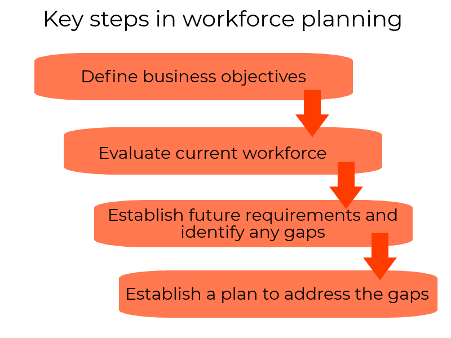



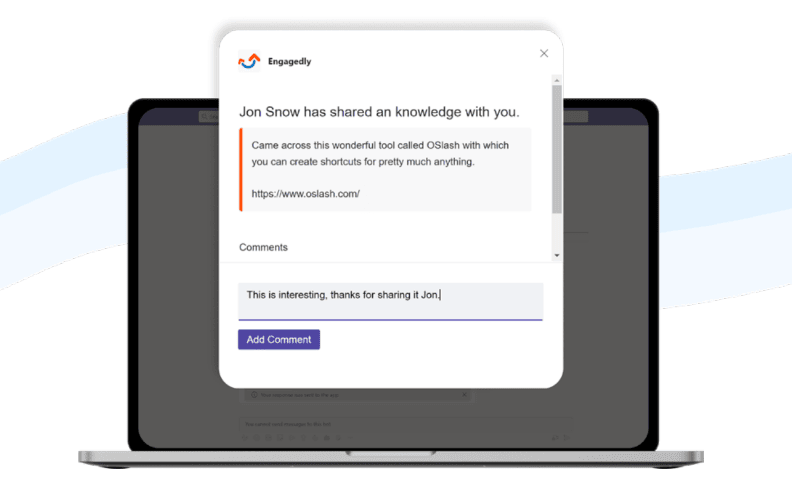
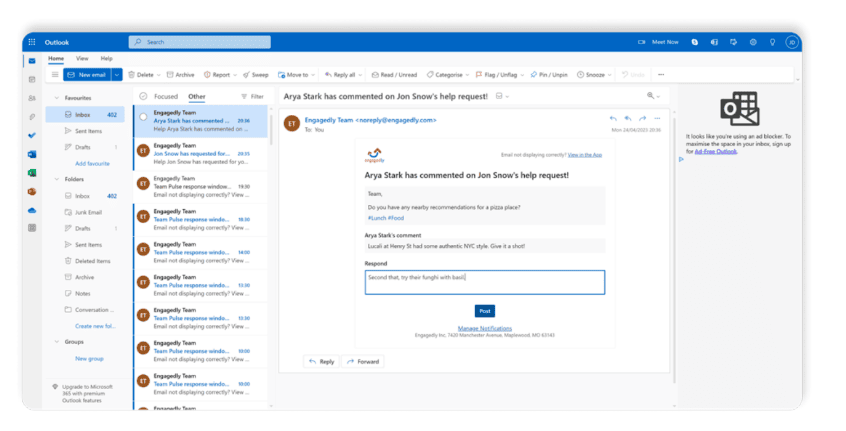 Engagedly’s platform for the social flow of work is intuitive and easy to use, so people can quickly get on board. The tool boosts
Engagedly’s platform for the social flow of work is intuitive and easy to use, so people can quickly get on board. The tool boosts 

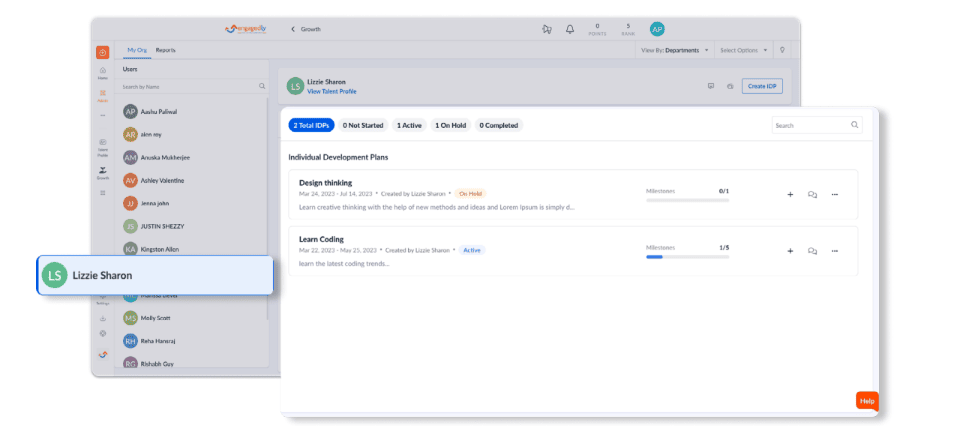

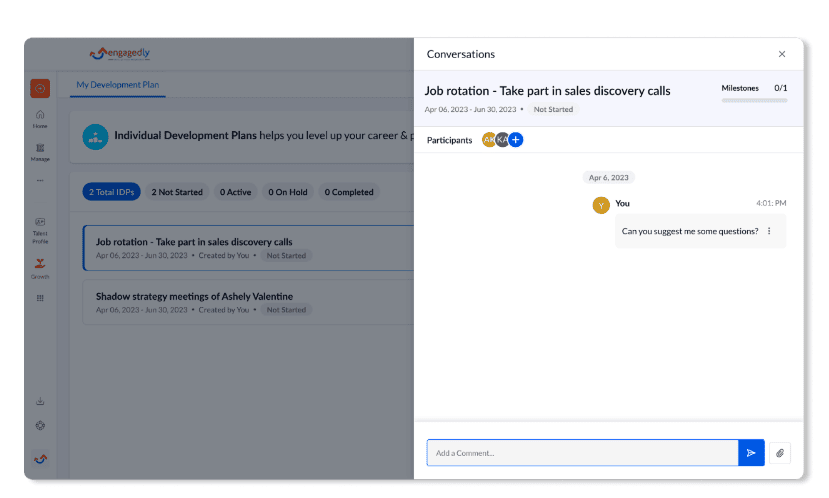
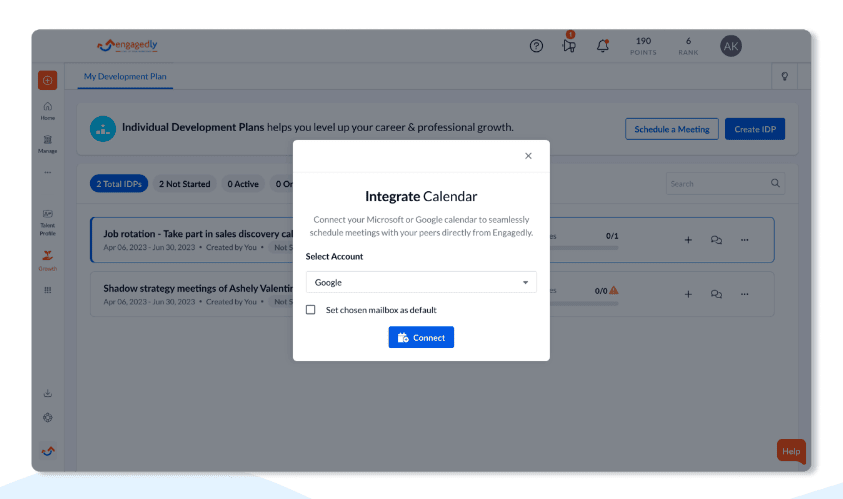
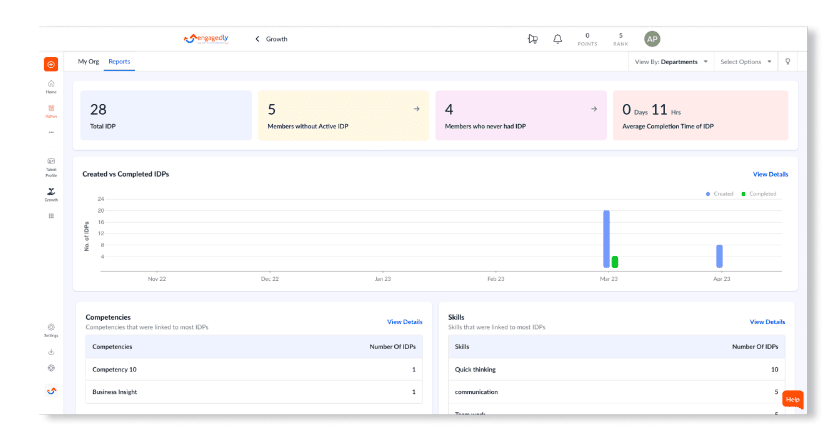





 Schedules and Course Library:
Schedules and Course Library:
 Tailor learning programs to suit the unique needs of each individual, ensuring they have the knowledge necessary for success. Segment and target specific users based on triggers and conditions, replacing one-size-fits-all programs with effective and fulfilling learning experiences.
Tailor learning programs to suit the unique needs of each individual, ensuring they have the knowledge necessary for success. Segment and target specific users based on triggers and conditions, replacing one-size-fits-all programs with effective and fulfilling learning experiences.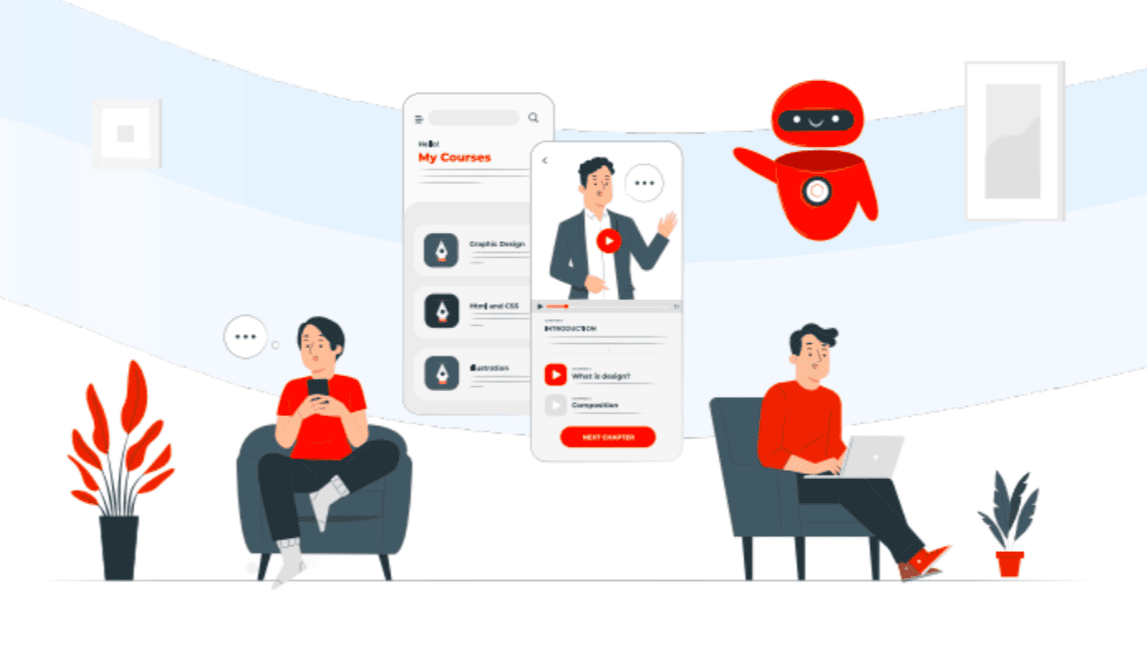 Learning Automation is here to revolutionize your employee learning and development, helping you build a culture of continuous learning that prepares your workforce for the #FutureOfWork.
Learning Automation is here to revolutionize your employee learning and development, helping you build a culture of continuous learning that prepares your workforce for the #FutureOfWork.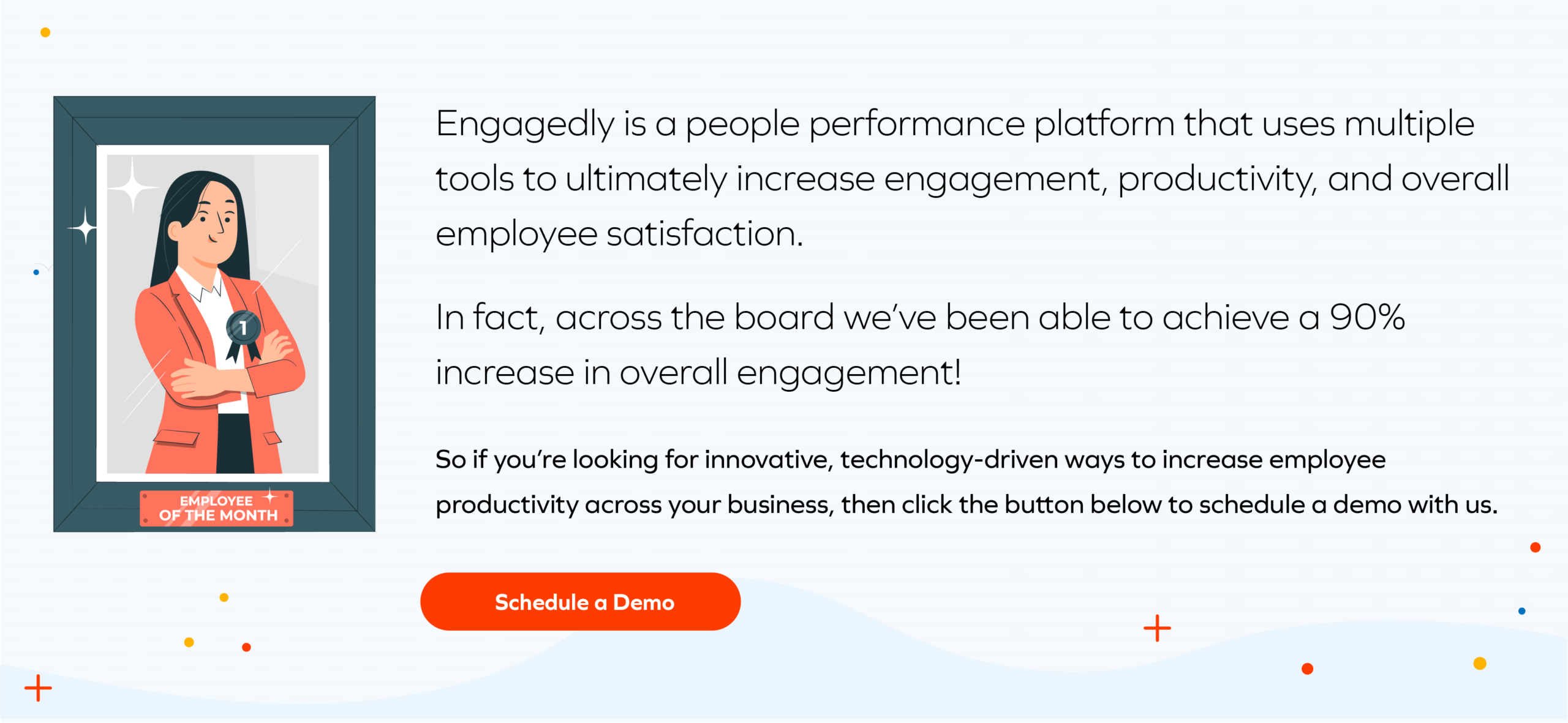

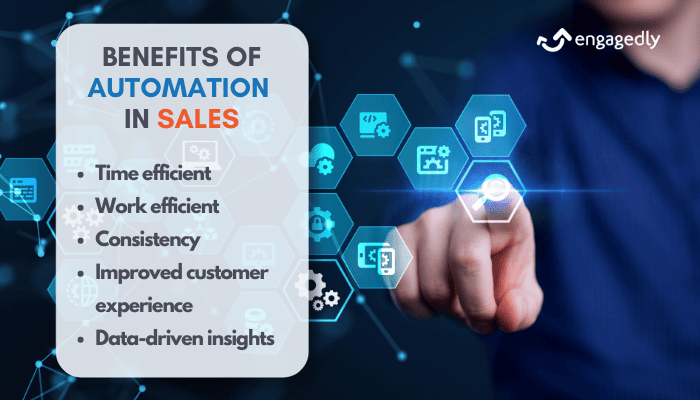
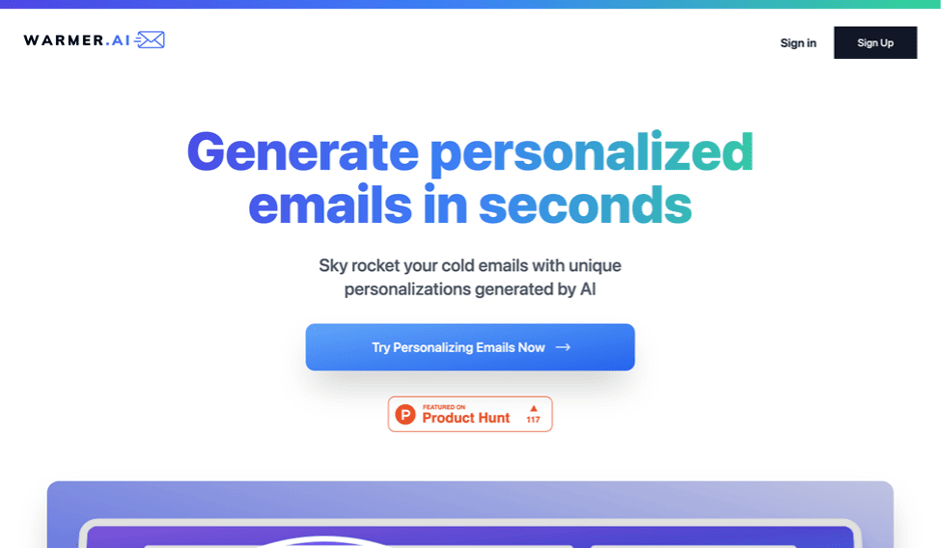 Image:
Image: 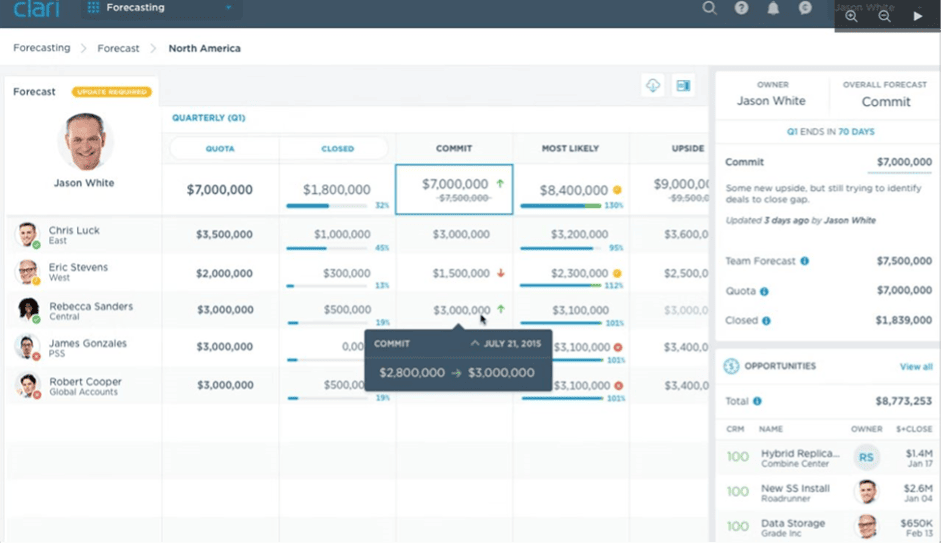 Image:
Image: 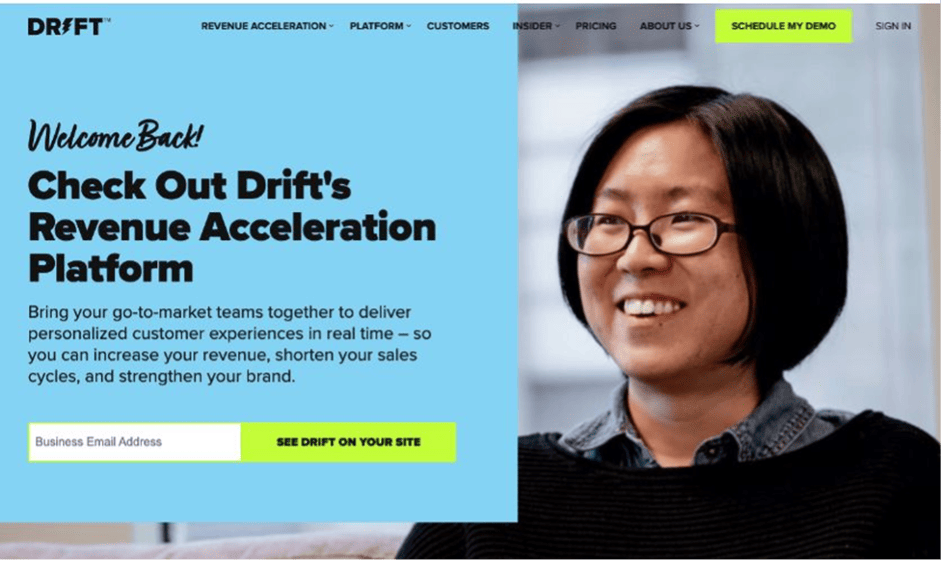


 The seamless integration of Engagedly with Meta Workplace empowers organizations to streamline their Rewards and Recognition program. Say goodbye to the time-consuming and error-prone process of manually tallying rewards points. With the automated calculation and assignment of points for hashtags used to praise or appreciate team members, managing rewards becomes effortless. HR professionals and team leaders can now sit back and witness their employees basking in the well-deserved recognition they crave.
The seamless integration of Engagedly with Meta Workplace empowers organizations to streamline their Rewards and Recognition program. Say goodbye to the time-consuming and error-prone process of manually tallying rewards points. With the automated calculation and assignment of points for hashtags used to praise or appreciate team members, managing rewards becomes effortless. HR professionals and team leaders can now sit back and witness their employees basking in the well-deserved recognition they crave.

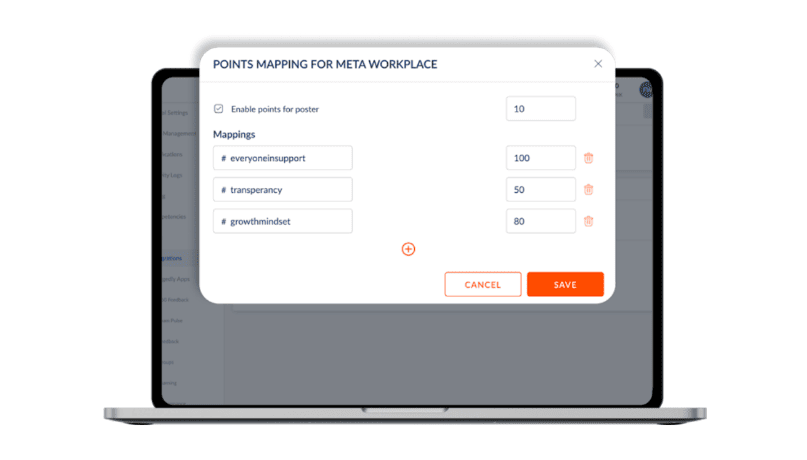 Transform your workplace into a hub of positivity and success with the dynamic synergy of Engagedly + Meta Workplace. Nurture a culture where appreciation and motivation thrive in every aspect of your organization. Witness your team flourish, buoyed by the collective esteem and pride that comes from being valued and recognized. Rest easy knowing that streamlined recognition processes guarantee that every accomplishment is duly acknowledged and rewarded. Empower your team to embrace greatness through a culture of continuous cheer and appreciation!
Transform your workplace into a hub of positivity and success with the dynamic synergy of Engagedly + Meta Workplace. Nurture a culture where appreciation and motivation thrive in every aspect of your organization. Witness your team flourish, buoyed by the collective esteem and pride that comes from being valued and recognized. Rest easy knowing that streamlined recognition processes guarantee that every accomplishment is duly acknowledged and rewarded. Empower your team to embrace greatness through a culture of continuous cheer and appreciation!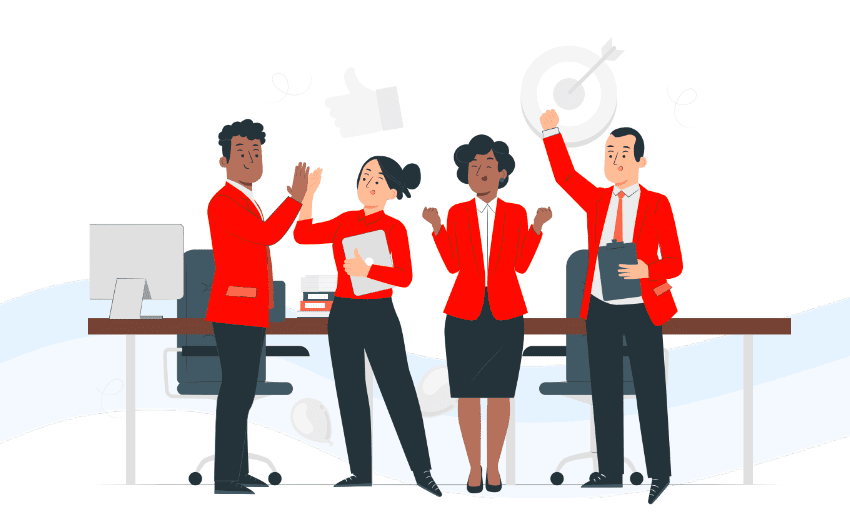





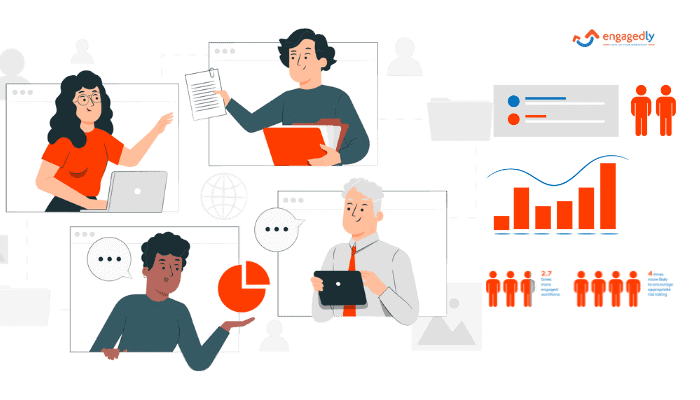 Beyond individual and team goals, understanding your organization’s goals is crucial for everyone. Goals 2.0 provides a bird’s-eye view of the broader
Beyond individual and team goals, understanding your organization’s goals is crucial for everyone. Goals 2.0 provides a bird’s-eye view of the broader 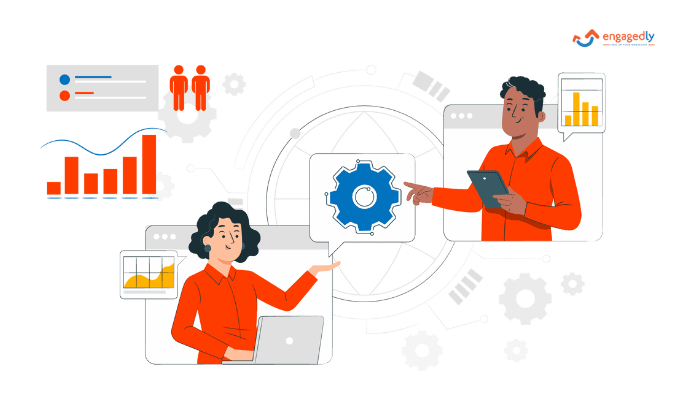 Promptly responding to goal progression makes a significant difference to individuals, teams, and the entire organization. Goals 2.0 includes a feedback feature that enables you to share instant feedback on your team’s progress or completion of goals. This feedback-driven approach helps your organization perform better in achieving its goals.
Promptly responding to goal progression makes a significant difference to individuals, teams, and the entire organization. Goals 2.0 includes a feedback feature that enables you to share instant feedback on your team’s progress or completion of goals. This feedback-driven approach helps your organization perform better in achieving its goals.


